
Merry Christmas and Happy Holidays


Are you planning holiday travel this year? If so, here are a few things to remember.
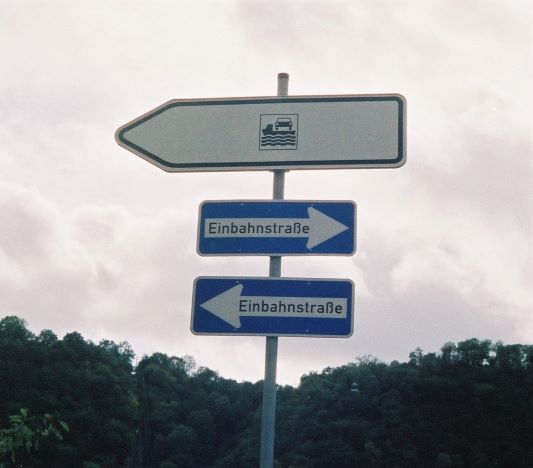
If your holiday travel plans include flying, chances are those planes are going to be full. TSA tells us domestic travel is at 90% of pre-pandemic limits.
This also means airports are going to be busier. More people. Take plenty of masks and social distance yourself. Take the correct face masks. You need ones that cover your nose and your mouth. Check the CDC guidelines to see which ones are the best. If you are unsure, check out this site https://www.cdc.gov/coronavirus/2019-ncov/prevent-getting-sick/about-face-coverings.html
Don’t forget your hand sanitizer. Keep one with you, put one in your carryon, have an extra in your luggage. You will not regret having more than you think you need.
More and more your holiday travel plans will include being asked to take COVID-19 tests. Before. During. After traveling. Plan accordingly so you know which tests are accepted and where you can find them.
Some hotels are requiring rapid tests upon check-in and some even then ask for another one in five days.
Check the testing and vaccine requirements for your destination included in your holiday travel plans. You may need to make appointments for testing. You also may have to wait to get your results.
If you cross international borders, you may be asked to quarantine for 10 to 14 days. If you test positive, plan on being quarantined.
It seems not every airline and every hotel have the same requirements or take the same precautions when cleaning. For safe holiday travel, take sanitizing wipes so you can clean your tray tables, doorknobs, TV remote, light switches, and anything else you need to touch.
The best thing you can do for your holiday travel plans is to get vaccinated.
For more travel tips, check out https://travelsandescapes.net/2021/12/02/vaccination-card-2/
A Guest Post by Jesse

Gearing up for a couple’s trip takes a lot of planning and preparation, and if you aren’t careful, it can also take a lot of money. However, there are some fabulous options. From stateside weekends to cheap getaways in countries like Cancun, the Dominican Republic or Jamaica that won’t break the bank but will leave you and your significant other with a lot of great memories.
If you want to include some friends, you can save even more by getting group rates or splitting the cost of a vacation rental. You can also save on all the things you need for the trip by looking for discounts, promo codes, and cashback opportunities. By shopping smart and planning well, you can create a memorable, fun adventure trip without spending a ton of cash. TravelsandEscapes offers some resources to help you get started:
Double-check your phone
While most people want to unplug during their vacation, you’ll still want to be reachable by your friends and family members in case of an emergency, so making sure your phone has the right plan for your needs is essential. The last thing you want to do is get caught in an unfamiliar place and find out you have no service! Talk to your provider to find out if your phone will work abroad, and then see what sort of interim plan they offer if you’ll be out of the country. Many give affordable pricing for short trips.
Share the cost
Traveling can be pricey, but if you split the cost with some friends or family members, you can stay in affordable and comfortable hotels or rentals. Look for deals on sites like VRBO and Expedia; you can usually even find extra savings with a coupon code.
When deciding who to travel with, think about a couple that would be a great addition but keep in mind that you should all be able to get along, and everyone should have similar endurance levels when it comes to trying new things or being active so no one is left behind. Find out beforehand how much they want to spend and work out an agreement before the trip gets underway so there will be no confusion or hurt feelings down the road. If you’re going to stay in a place that has a kitchen, you can even share the cost of groceries and reduce your travel budget a bit since you won’t be eating out as much.
Plan ahead of time
Planning a trip takes some time, so give yourself plenty of it in order to make sure you’re able to book the events or activities you’re interested in, particularly if you plan to travel internationally. Look online to find out the rules of each destination beforehand; for instance, you may need certain vaccines, or you may not be able to bring food and drink along to certain places, or you might have to pay for some activities separately within one main event. Planning well will allow you to be prepared and will cut back on your last-minute or unforeseen expenses.
Keep in mind that you may still want to have emergency cash on hand during the trip, so this should be worked into your budget. While you should have some on hand, have a plan for friends or family to wire you money in the event of an emergency. For example, if your credit card is stolen in Jamaica or the Dominican Republic, you can easily access quick cash from a variety of locations. Fees are zero to none with a service like Remitly, and your family can count on secure transfers.
Putting together a fabulous couple’s trip on a budget is a great way to bond with your significant other, and it can also help you broaden your horizons a bit. By planning well and shopping smart, you can ensure that everyone has a great time without the stress and expenses that can come with a major trip.
Check out more travel tips at https://travelsandescapes.net/2021/12/02/vaccination-card-2/
By now, you may have been vaccinated for COVID-19 virus and have a record of that. Do you know what to do with your vaccination card when traveling? Take a look at some of the most recent suggestions concerning your vaccination record and traveling.
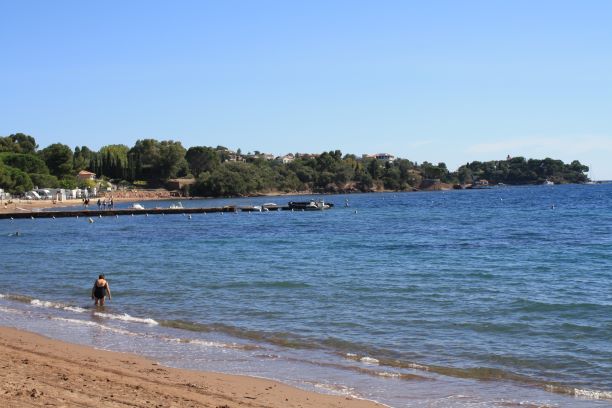
Should You Have Your Vaccination Card With You When Traveling?
Travel and medical experts agree that it is a good idea to keep your card with you. You may also want a digital copy. Your original paper card is what you will need to travel anywhere that requires proof of vaccination. Why? Because of now the US does not have a universal digital health pass or vaccine passport.
Should I Laminate My Card?
Most experts agree to NOT laminate your vaccination card. Once it is laminated, nothing can be added to it. Instead, you could put it in a plastic sleeve where you could remove it if necessary. That way, if new boosters are required your card is easily accessed.
Is a Photo of my Card Enough?
Sometimes a photo of your vaccination card is okay. Many times, restaurants accept that. If you are going to use a photo, remember to take a picture of both sides.
Can I get a Digital Copy?
Each state maintains its own records. So, your digital vaccination card may or may not be easily obtained. Check with your healthcare provider to see how to obtain this.
What is a Vaccine Passport?
This is basically any documentation that shows you have received the COVID-19 vaccine. Many countries only accept US travelers if they have been vaccinated and can show proof.
Do I Need Proof of Vaccination to Travel Domestically?
Not right now. Hawaii does require a 10-day quarantine if you do not have proof of vaccination.
For more info on traveling, vaccinations, and COVID check out https://travelsandescapes.net/?s=covid
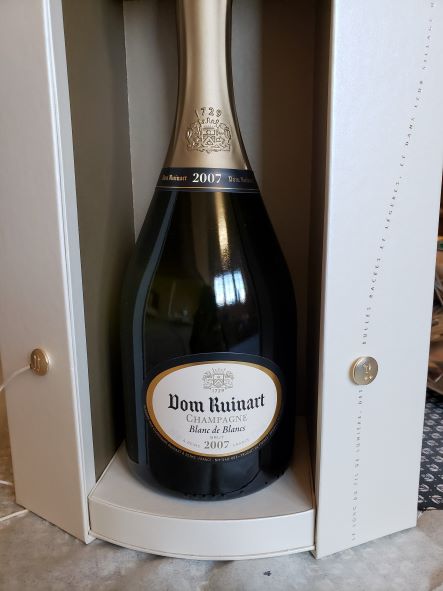
On a recent trip to Santa Barbara, we made a day trip to the village of Solvang. Not our first time in this Danish village, we enjoyed wandering the streets and sampling delicious, authentic Danish treats.
Solvang was founded in 1911 by Danish-American educators. They purchased 9,000 acres of land surrounding Old Mission Santa Ines for $75,000. The Mission is the 19th of the 21 Missions in California, founded in 1804.
The city is known officially as California’s Denmark.
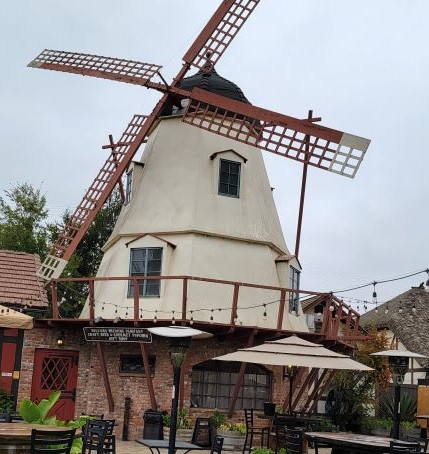
A half bronze replica of the famous Little Mermaid statue in Copenhagen Harbor is the only one authorized by the heirs of sculptor Edvard Eriksen. He sculpted the original in 1913.
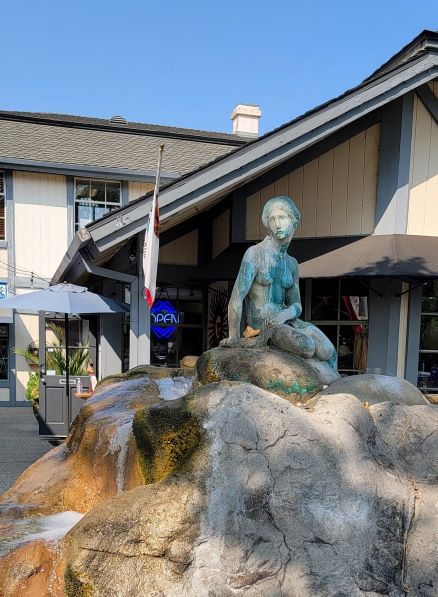
With four wooden windmills within four blocks of each other, Solvang also has five authentic bakeries within five blocks of each other.
These treats include aebleskivers, fluffy, donut-hole like goodies. There are plenty of other authentic flaky, flavorful pastries are treats to savor as well.
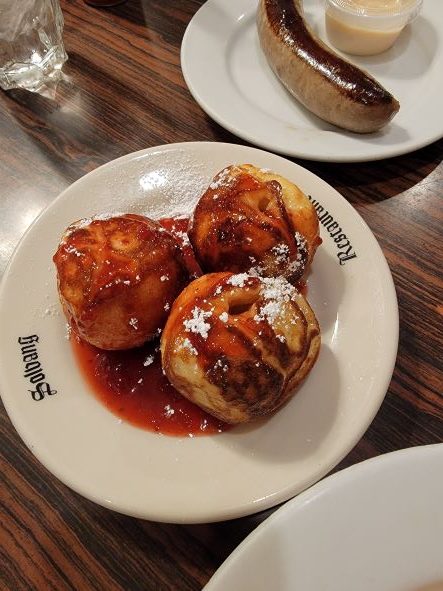
Since Solvang is close to several AVAs for wine tasting, there are tasting rooms throughout downtown. If you stay in the area, you can take short trips to the different areas of the Santa Ynez Valley AVA, Ballard Canyon AVA, Santa Rita Hills AVA, Happy Canyon AVA, and Santa Maria Valley AVA. These make up the Santa Barbara north county wine country. Delicious Chardonnay, Pinot Noir, and Syrah can be found here in over 120 vineyards.
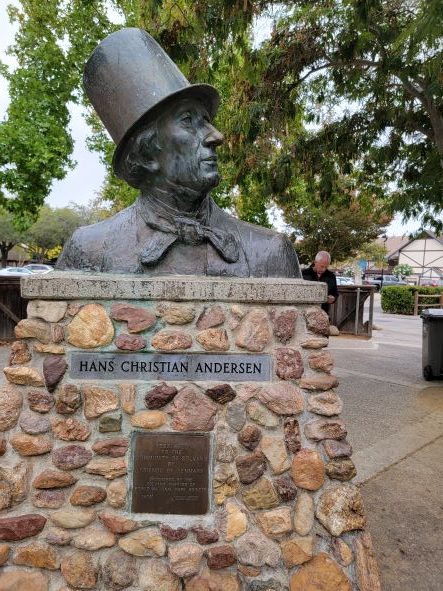
Eating, drinking, photographing windmills, and wandering seemed to fill the day we spent in Solvang. Since we also wanted to do more wine tasting we made day trips to some of the vineyards near Solvang and Santa Barbara.
For more day trip ideas, check out https://travelsandescapes.net/
For me, traveling with a resealable bag is essential. Why? There are so many uses for one. Here are some of my favorites.
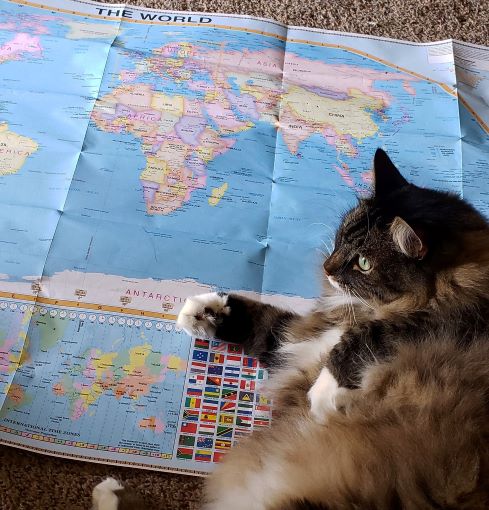
Traveling with a resealable bag in your suitcase is a good idea. Maybe you went swimming and your swimsuit is not quite dry. Instead of trying to wrap it in your laundry bag, zip it up and keep everything else in your suitcase dry. What if your socks are smelly from the last hike you took and you didn’t have time to wash them? Seal them in the bag and nothing else smells like dirty laundry.
Traveling with a resealable bag in your carry on is essential if you have lots of stuff you want to have handy during a long flight. By using this, you can place the entire bag in the seat pocket in front of you. Hand sanitizer, headphones, your phone, your book, glasses, a bag of almonds, and other things you want within reach fit nicely in here instead of stuffing them individually in the seat pocket in front of you. That way your things do not come in contact with any leftover germs in the pocket.
Traveling with a resealable bag in your purse or carry-on bag is a good place to put things you want to find easily and quickly. If you are like me, my carry-on bag is full of lots of stuff. I do not want to try and find a small item that has fallen to the bottom of the bag, especially when I am in a hurry. Need a pen to fill out a customs’ form? What about lip gloss for the dry air on the plane? How about keeping them in the resealable bag?
There are many reasons for traveling with a resealable bag. Do you have any favorites?
For more tips and ideas check out https://travelsandescapes.net/
Remembering all Veterans.

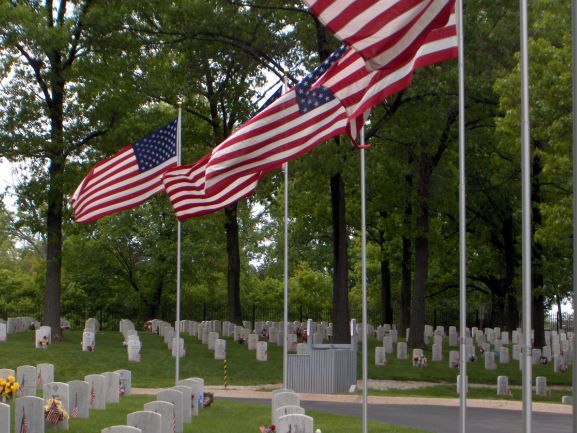
Getty Center
The Getty Center in Los Angeles is a campus of the Getty Museum and other properties included in the Getty Trust. Opened in December 1997, this $1.3 billion museum and grounds encompass a permanent art collection, sculpture gardens, and collections on loan.
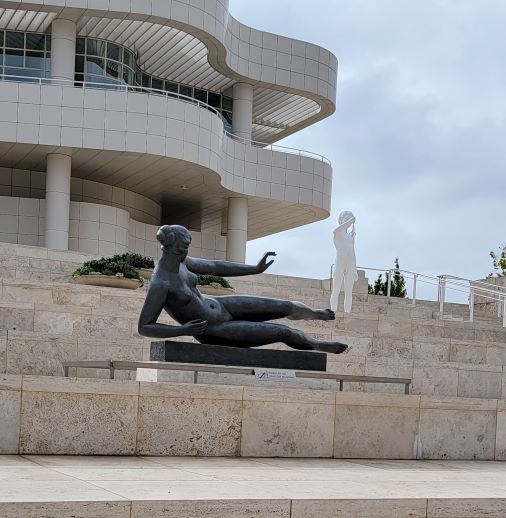
This Los Angeles landmark, the Getty Center’s architecture highlights both nature and culture. Modern designs coexist with stunning gardens and dramatic views of LA. Sitting on a hilltop in the Santa Monica Mountains you get views all the way to the Pacific Ocean, the San Gabriel Mountains, and streets in downtown LA.
The permanent art collection in the Getty Center includes pre-20th century European paintings, drawings, illuminated manuscripts, sculpture, and decorative arts. There are also 19th and 20th century American, Asian, and European contemporary art. Throughout are impressive displays of modern sculpture.
World class exhibits change, featuring art from museums around the world and from Getty’s own collections.
Recently, we spent a day at the Getty Center. With four pavilions to explore, outdoor gardens to wander through, and lunch at The Restaurant it was a full day.
We boarded a computer-operated tram to ride from the street level parking to the top of the hill. Exiting the tram, the 1.2 million square feet of travertine tiles reflected the sun light in a soft glow. All 16,000 tons of this tile came from Bagni di Tivoli, Italy, just east of Rome. Impressive, tastefully accomplished, and a feeling of pure art…it was all of that.
This was the beginning of an amazing day filled with art, gardens, and beauty.
Natural light is utilized throughout the Getty Center as many exterior walls are made of glass. Not to let in too much light, a computer adjusts louvers and shades as the sun moves around. Special filters in the Pavilions prevent damage to the art.
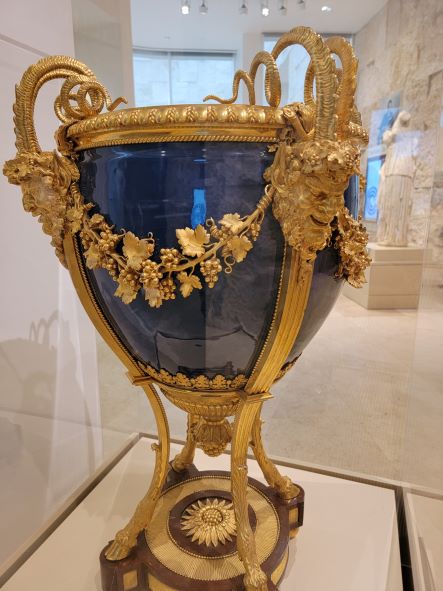
As we made our way through all the Pavilions, there were favorite displays where we spent more time. Every gallery and every Pavilion included a feast for our eyes. When it was time for a short break, we stopped for a cup of coffee at one of the outdoor coffee stands. As we sat in the outdoor courtyard, all around us was architecture to appreciate and sculptures to enjoy. Coffee never tasted so good.
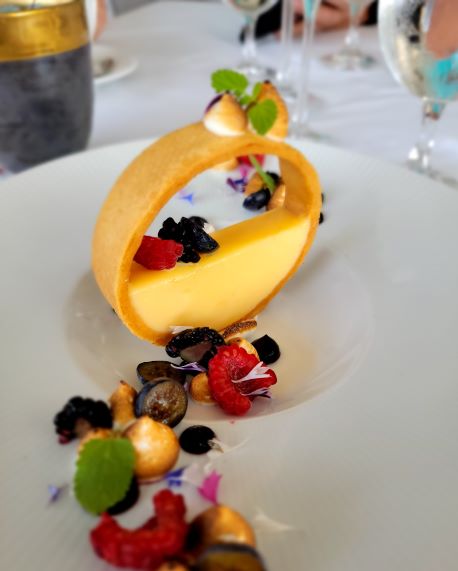
After a delicious lunch at The Restaurant, we wandered through the Central Garden, a treat in itself. It is more like an actual living work of art. Plants change with the seasons, an impressive lawn begs to be sat on, and flowers bloom in their brilliance. When we were there, late summer plants and flowers lined the walking paths and offered yet another feast for our eyes.
The Getty Center Garden is truly a place to relax and recharge. A walkway crosses a stream, the stream heads to a waterfall, and the pool at the bottom is surrounded by brilliant and fragrant plants.
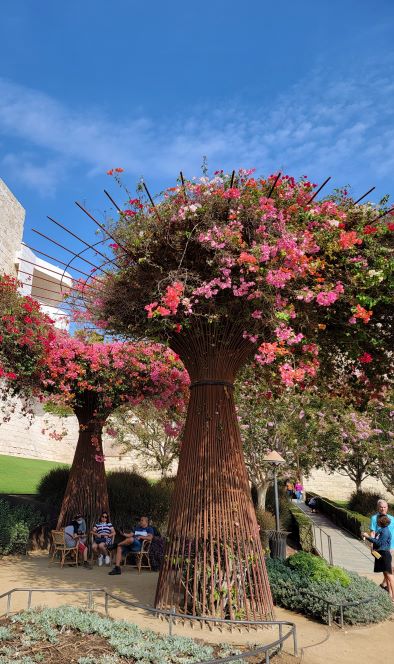
More than 500 varieties of plant material are used in the landscaping at the Getty Center. We spent time wandering through it all and then made our way to the garden between the East and West Pavilions. This desert terrain garden, full of succulents, offers yet another panoramic view of LA.

Our day was complete as we headed back down the tram to the parking area. Sculptures and trees lined the railway system. Deer relaxed under the bushes. They even enjoyed the Getty Center and its beauty.
If You Go: The Getty Center is located at 1200 Getty Center Drive, Los Angeles, CA. Admission is free to this amazing art center.
For more travel ideas check out https://travelsandescapes.net/
Stearns Wharf, the oldest working wood wharf in California, was built in 1872 by John Peck Stearns to facilitate the transfer of cargo and people from ships to shore.
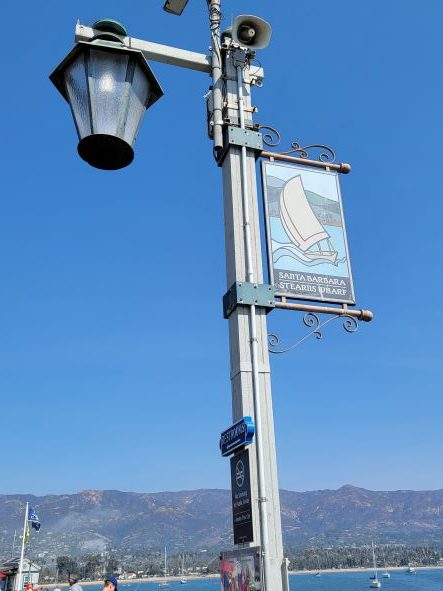
Up until the 1870s, Santa Barbara was virtually cut off from the outside world by its natural barriers of the ocean and the mountains. In 1867, John Peck Stearns moved to Santa Barbara and opened a lumberyard at the foot of State Street. Mr. Stearns noted that the town needed a long wharf so ocean ships could tie up at low tide.
In 1872, with the financial backing of Colonel William Welles Hollister, Stearns completed the Wharf and Santa Barbara’s isolation from the outside world was over.
The Wharf has endured since 1872, making it the oldest working wooden wharf in California. It is 2,300 feet long and has an area of 3.8 acres supported by 2,307 pilings.
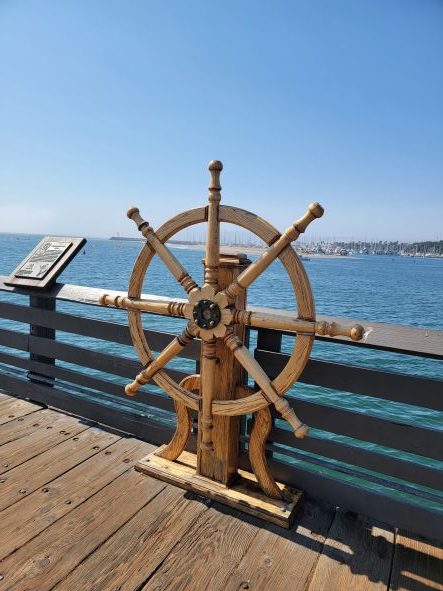
Now there are three restaurants and a shellfish market on the wharf. Tourist shops, a marine museum, and a Channel Islands exhibit are also here.
Some history facts include:
In 1878, A Chinese junk crashed into the Wharf during a severe storm, destroying 1,000 feet of decking. Before this damage could be repaired, the first tornado in the City’s history struck on New Year’s Eve, causing even more damage to the Wharf. In 1887, due to the heavy and regular tread of two hundred Civil War Veterans, the Wharf almost collapsed which would have thrown 3,000 people into the ocean. That same year marked the arrival of the railroad into Santa Barbara, signaling the decline of ship traffic.
In response to the arrival of the railroad, J.P. Stearns built a 1,450 foot wye onto the Wharf to carry a railroad spur so that lumber could be quickly transferred from ships onto flat cars. The wye proved too expensive to maintain and was abandoned, after being battered by more than a decade of storms. A small portion of the wye remains today, housing the Sea Center marine museum and the Nature Conservancy exhibit hall.
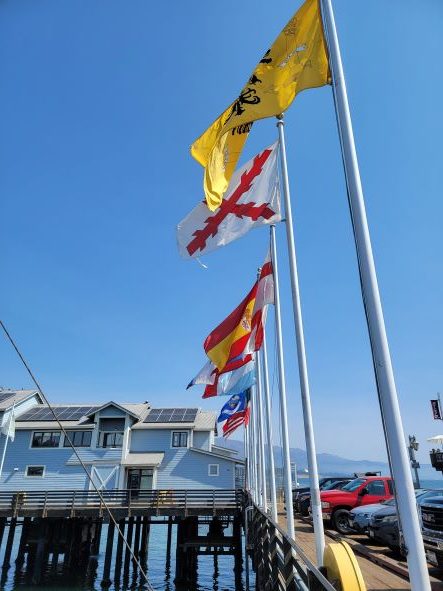
In 1921, the Wharf Narrowly escaped destruction by fire. The 600 room Potter Hotel burned down and a 50-mile-an hour gale sent sparks which ignited the pilings on the Wharf and palm trees along West Beach.
In 1973, the famed Harbor Restaurant was destroyed by a spectacular pre-dawn fire, closing the Wharf. The Wharf was reopened eight years later.
In February 1983, the Santa Barbara area was hit by a “100 year storm” which heavily damaged the Wharf and Harbor. Damage to the Wharf was estimated at over half a million dollars. In December 1987, another fierce storm struck and a derelict barge and fishing boat broke free from their moorings east of the Wharf and were hurled into the Wharf, along with their mooring balls. About 30 pilings were knocked out, causing the Wharf to sag near the beach and closing it for one week. https://stearnswharf.org/history/
For more places to explore in Santa Barbara, check out https://travelsandescapes.net/